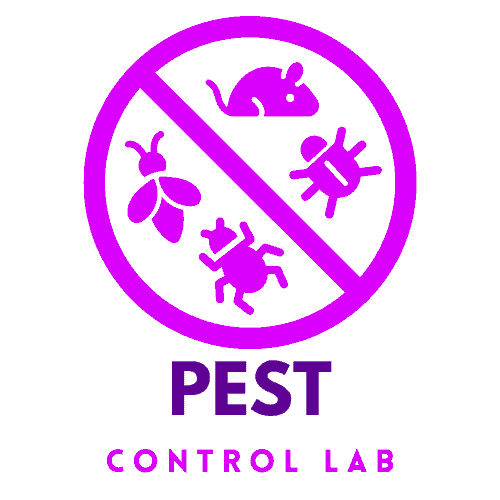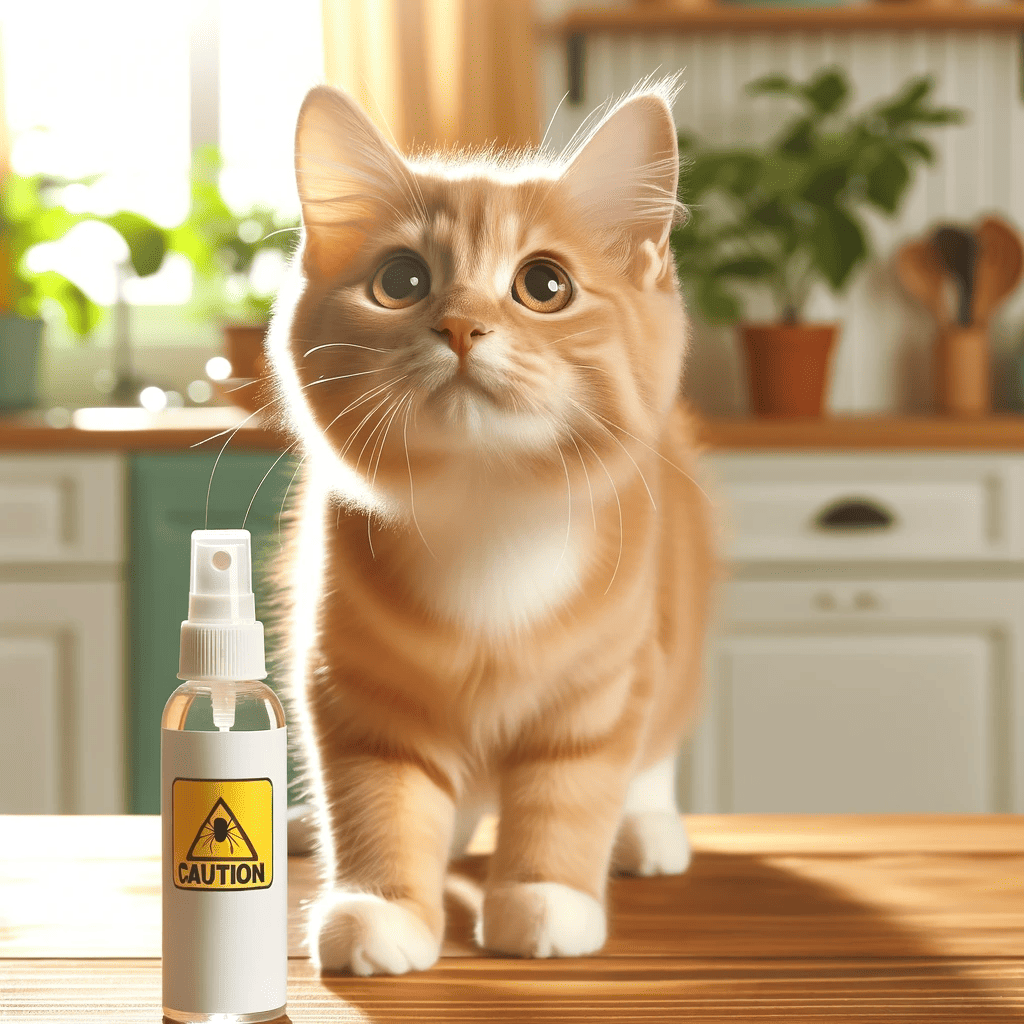Beneath the Surface: Unveiling Safe Pest Control Secrets for Homes
Introduction
In the quest for a pest-free home, the intersection of effective pest control and the safety of our pets and children is a path laden with challenges and responsibilities. This comprehensive exploration delves deeper into the nuances of using pest control chemicals, focusing on safety, efficacy, and alternative approaches to ensure our living spaces remain secure and healthy for all family members.
The Chemistry of Pest Control: A Closer Look
Understanding what goes into pest control products is crucial in assessing their safety. Beyond the common ingredients previously mentioned, it’s essential to consider other components, such as:
- Inert Ingredients: Often overlooked, these substances can sometimes cause allergic reactions or other health concerns.
- Formulation Types: The form of the pesticide (spray, bait, granular, etc.) can influence its safety profile.
Toxicity Levels and Exposure Risks in Pest Control
Toxicity isn’t just about the chemical itself; it’s about the dose and duration of exposure. Children and pets are particularly vulnerable due to their smaller size and developmental stages. Acute exposure can lead to immediate symptoms, while chronic exposure might have long-term health effects. Understanding these risks helps in making informed decisions about pest control.
Best Practices for Safe Chemical Application

Employing safe application methods is crucial. Here are additional best practices:
- Personal Protective Equipment (PPE): When applying pesticides, wearing gloves, masks, and other protective gear can prevent skin contact and inhalation.
- Disposal of Leftovers: Proper disposal of unused chemicals is essential to prevent accidental exposure.
Choosing Safer Alternatives: Expanding the List
The range of safer pest control alternatives extends beyond the few previously mentioned. Consider the following:
- Ultrasonic Repellers: Devices that use sound waves to deter pests.
- Physical Barriers: Nets, screens, and door sweeps can physically block pests from entering.
- Biological Controls: Utilizing natural predators or parasites to control pest populations.
Professional Pest Control: Questions to Ask
When enlisting professional help, it’s essential to ask the right questions:
- What Chemicals Will Be Used? Knowing the specific chemicals helps assess their safety.
- Is There an Organic or Natural Option? Some services offer eco-friendly solutions.
- What Precautions Should Be Taken Post-Treatment? This information is crucial for maintaining safety after application.
Preventive Strategies: A Comprehensive Approach
Prevention is the most effective and safest method of pest control. This involves:
- Moisture Control: Many pests attract moisture, so fixing leaks and ensuring good drainage can deter them.
- Trash Management: Regularly disposing of garbage and using bins with tight-fitting lids can reduce pest attraction.
Deciphering Pesticide Labels: Advanced Tips
In addition to the basic understanding of pesticide labels, consider the following:
- Environmental Hazards: Some labels provide information on potential environmental impacts.
- Storage Instructions: Proper storage reduces the risk of accidental exposure and maintains the product’s efficacy.
Environmental Considerations: Beyond Immediate Surroundings
Our responsibility extends to the broader environment. The impact of pesticides on non-target species, soil health, and water quality is a significant concern. Using environmentally friendly products helps mitigate these impacts.
Long-Term Pest Management: Creating a Sustainable Environment

Building a sustainable, pest-resistant environment involves:
- Companion Planting: Some plants can naturally repel pests near certain crops or gardens.
- Regular Inspections: Periodically checking for signs of pests can catch infestations early, reducing the need for chemical interventions.
Navigating Regulations and Standards in Pest Control
Understanding local and national regulations regarding pesticide use is essential. This knowledge ensures compliance and access to the safest, most effective products.
Educating Family Members: A Collective Effort

Involving the whole family in pest prevention and safety practices ensures a collective effort to maintain a safe environment. Teach children about the dangers of pesticides and involve them in safe, preventive measures like gardening.
Advanced Safety Measures: Beyond the Basics
Advanced safety measures can include:
- Emergency Plans: Having a plan in case of accidental poisoning or exposure.
- Regular Medical Check-Ups: Essential if living in an area with frequent pest control treatments.
The Future of Pest Control: Innovations and Trends
The future of pest control looks towards more sustainable, less toxic methods. Innovations like pheromone traps and genetic pest management are on the horizon, promising effective control with minimal environmental and health impacts.
Conclusion: A Harmonious Coexistence
In summary, navigating the world of pest control chemicals in a home shared with pets and children is a journey of informed choices, preventive measures, and a commitment to safety and environmental responsibility. By understanding the risks, adopting safe practices, utilizing safer alternatives, and focusing on preventive strategies, we can coexist harmoniously with our environment, free from pests and harmful chemicals.






Great site you have here but I was wanting to know if you knew of any community forums that cover the same topics talked about in this article? I’d really like to be a part of online community where I can get feed-back from other experienced people that share the same interest. If you have any suggestions, please let me know. Kudos!
What I have observed in terms of computer system memory is the fact there are specs such as SDRAM, DDR and so on, that must fit the specifications of the mother board. If the pc’s motherboard is very current and there are no computer OS issues, improving the storage space literally will take under one hour. It’s among the easiest laptop upgrade techniques one can consider. Thanks for spreading your ideas.
I have been absent for some time, but now I remember why I used to love this website. Thank you, I will try and check back more frequently. How frequently you update your website?
One thing I have actually noticed is that often there are plenty of misguided beliefs regarding the banking companies intentions any time talking about property foreclosures. One fairy tale in particular is that often the bank needs to have your house. The lender wants your money, not your own home. They want the money they gave you along with interest. Keeping away from the bank will still only draw some sort of foreclosed realization. Thanks for your publication.
I have seen that service fees for on-line degree specialists tend to be an awesome value. Like a full College Degree in Communication with the University of Phoenix Online consists of Sixty credits at $515/credit or $30,900. Also American Intercontinental University Online makes available Bachelors of Business Administration with a full course feature of 180 units and a worth of $30,560. Online studying has made obtaining your degree much simpler because you can earn your own degree in the comfort of your home and when you finish working. Thanks for all the tips I have learned from your website.
Howdy! Do you know if they make any plugins to protect against hackers? I’m kinda paranoid about losing everything I’ve worked hard on. Any tips?
Spot on with this write-up, I really think this website needs far more consideration. I抣l most likely be again to read way more, thanks for that info.
I would also love to add when you do not currently have an insurance policy or perhaps you do not remain in any group insurance, chances are you’ll well really benefit from seeking the help of a health insurance professional. Self-employed or people with medical conditions generally seek the help of one health insurance brokerage service. Thanks for your post.